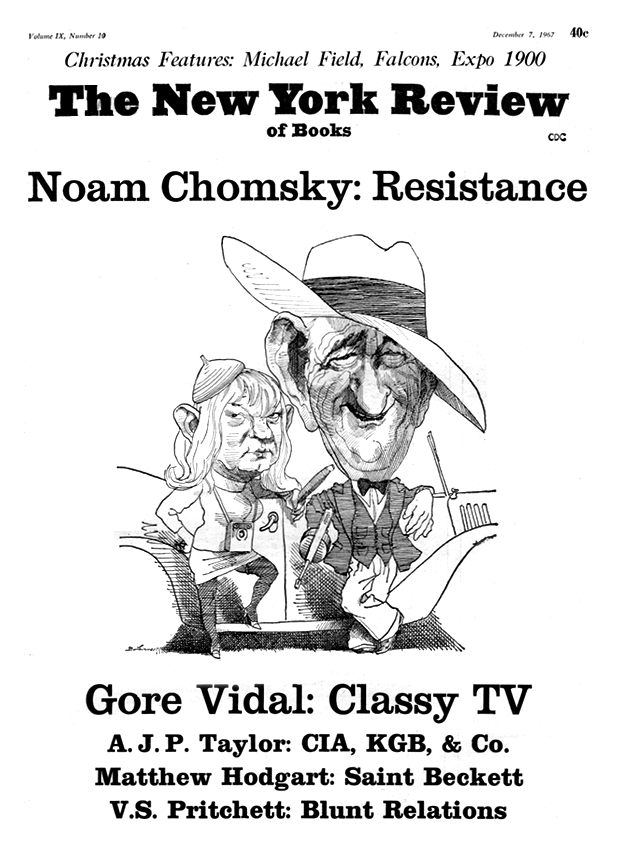Dreams they were often called at the time, and like dreams the great European exhibitions of the nineteenth century have long awaited the enterprising psychoanalyst to probe beneath the exalted hopes, the exotic fantasies, and uncover for us the buried fears and sordid anxieties whose existence we have been taught to suspect whenever caprice becomes too willful or too extravagant. Eighteen-fifty-one, 1855, 1862, 1867, 1878, 1889, 1900—these dates at least (and there are many more) have long been familiar to anyone interested in the period, and most of them summon up some dominating visual image; the Crystal Palace, one-man exhibitions by Courbet and Manet, the Eiffel Tower—real achievements that have left indelible impressions on our culture. But much of the rest has sunk into oblivion, leaving behind little more than nostalgia-inducing wood engravings in old illustrated journals, evoked usually to make some point about historicism and bad taste before we are hurried on to the Pioneers of the Modern Movement.
“In the twentieth century there will be an extraordinary nation. This nation will be great, which will not prevent it from being free. It will be illustrious, rich, thoughtful, peace loving and friendly to the rest of humanity…. A battle between Italians and Germans, between English and Russians, between Prussians and Frenchmen will appear to it like a battle between the inhabitants of Picardy and Burgundy appears to us….” Thus Hugo, in exile, began his salute to the Exhibition of 1867; and his extraordinary rhapsody—forty-four pages of unfulfilled prophecy—hangs over the whole series, its rhetoric obtruding itself between us and the giant machines and reconstructed colonial villages and palaces of art like some almost impenetrable mist. If the theory has been proved so false, can the reality have ever had any point? Closer studies of what was actually on view will rapidly show that our first impressions are as incomplete as they are unfair, that the Exhibitions were not just symptoms of a disordered mind, but also milestones along a road that was worth pursuing. But the few modern critics who have turned a cautious eye on them have not generally been indulgent. Werner Hofmann, whose chapter “Mankind on View” in his Art of the Nineteenth Century contains by far the most stimulating general discussion of the subject (but who is not so much as mentioned by Professor Mandell), is uncompromisingly hostile. He sees in them only the expression “of a fragmented and purely eclectic sense of reality…a great mystical swindle not without compulsive power.” Unlike Pevsner he is not so much worried by the prevalent styles as by the whole conception of an exhibition in which art and machines alike become mere merchandise, divorced from real functions and real meanings, to be worshipped like fetishes for their own sakes. His hostility is compelling, as is the remorseless logic with which he seizes on every inconsistency, every absurdity. For him the great exhibitions were only another means (among so many) whereby the nineteenth century hoped to evade reality.
Perhaps Hofmann treats the whole subject too solemnly. Against the perspective of the Saint-Simonists, the Prince Consort, Victor Hugo, the Exhibitions cannot fail to look fraudulent, and it becomes all too easy to dismiss as absurd the analogy that has often been made between them and the old trade fairs and the festivals of the Baroque. In any case, by 1900, as Professor Mandell’s little book makes clear, such considerations no longer apply. Instead, he usefully brings to light the hard-headed debates in parliament, the publicity stunts to keep up attendance, the national rivalries over the allotment of space, the shabby little compromises over the Dreyfus affair. Against this background, and unencumbered by too much high thinking, the achievement becomes easier to assess. The result is disappointing.
“The Exposition of 1900 probably was the largest and most ambitious international gathering for any purpose ever”: it attracted more than fifty million people in a year. But it was also the least interesting of the whole series. It now has almost no resonance and had little enough for the most sensitive spirits of its own time: there was no Gauguin to watch the native dances in the “Javanese” village, as in 1889; no Seurat to make sketches of the Eiffel Tower; no Puvis de Chavannes to shudder in the Galerie des Machines: “Mes enfants, il n’y a plus d’art à faire. Comment un peintre, un poète, pour-rait-il lutter avec cela d’influence sociale, de puissance sur les imaginations? Allons nous-en!” Primitive exoticism and the futuristic power of industry, which had been the standby of so many of the Exhibitions, had by now lost much of their power to excite or to shock. Familiarity was breeding indifference.
Professor Mandell catches well the feeling of disappointment that followed the Exhibition, the dying fall that is so apparent as soon as one looks seriously at the intellectual climate of the time, but is so often forgotten in imaginative reconstructions of the Belle Epoque. He is not really very interested in the actual contents of the exhibition, and barely mentions the splendid retrospective displays of French art, which by giving reasonable space to the Impressionists at last enabled people to see—beneath all the gaudy vulgarity of the architecture—what a splendid century it had been. He concentrates instead on the political and social implications and does so well without ever quite living up to the hopes raised by his choice of such an interesting topic. If his conclusions are somewhat tentative—“whether the great Exposition of 1900 itself was a factor for change [admittedly a major thesis of this book] is certainly debatable”—his solid research and bibliography will unquestionably be (as he claims) of great use to those historians who will—it is to be hoped—investigate the matter further. Few dreams have after all been at once so fantastic and so well recorded.
Advertisement
This Issue
December 7, 1967


